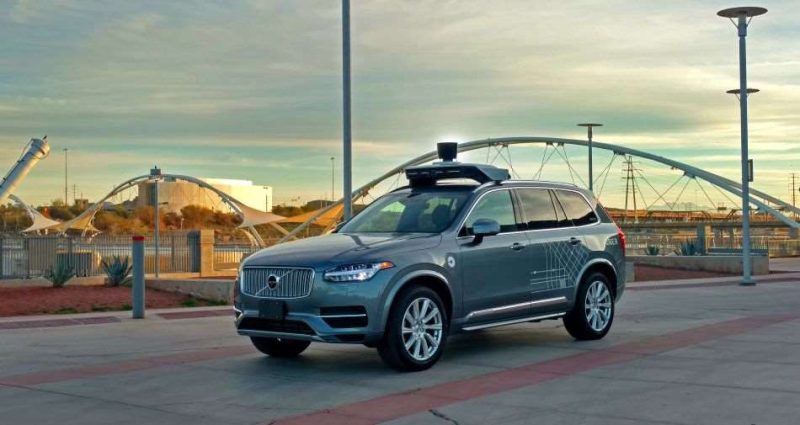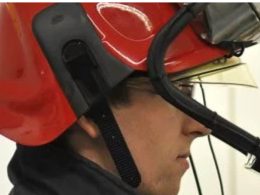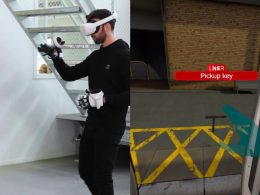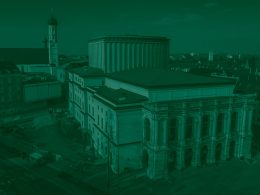Patents show that Uber is considering virtual and augmented reality applications as an entertainment medium for future autonomous cars.
With self-driving cars, the driver becomes a mere passenger who can spend his time elsewhere. Why not with virtual reality?
Two patents from 5 August 2016, published last month by the US Patent and Trademark Office, show that taxi competitor Uber is planning for such a future. They are two almost identical documents with the title "Virtual reality experience for a vehicle".
VR apps synchronised with real movements to protect against VR nausea
The patent states that the VR system should be coupled with the car's sensor data. One example describes an action game that is synchronised with the movements of the car. Such synchronisation with real movements can prevent VR nausea. Rollercoasters equipped with VR goggles in amusement parks demonstrate this.
The patent even mentions a boundary system, such as the grid in the HTC Vive or Oculus Rift, which shows the boundaries of the real space in the virtual environment. In this way, Uber wants to prevent other passengers in the vehicle from being unintentionally touched by the VR user.
VR is a matter of trust
An application with augmented reality is also planned. An AR overlay will provide a digital commentary on the surroundings, turning the journey into an information event. An ingenious solution, especially in the tourism sector. Travellers who do not have an exact destination could be easily informed about the surrounding sightseeing locations. It would also be exciting, for example, to display whether rooms are still available in a hotel and at what prices.
The fact that augmented reality is not as isolated as a VR application calms the nerves of nervous passengers. After all, to sit in a car with opaque VR glasses, you really have to trust the driver.
Renault and Ubisoft are already a little further ahead than Uber: a VR entertainment system in a self-driving car not only exists on paper, but was also trialled during a test drive in December 2017. As in the Uber patent, the car's sensor data was woven into the VR experience in this experiment.
Source: Vrodo









